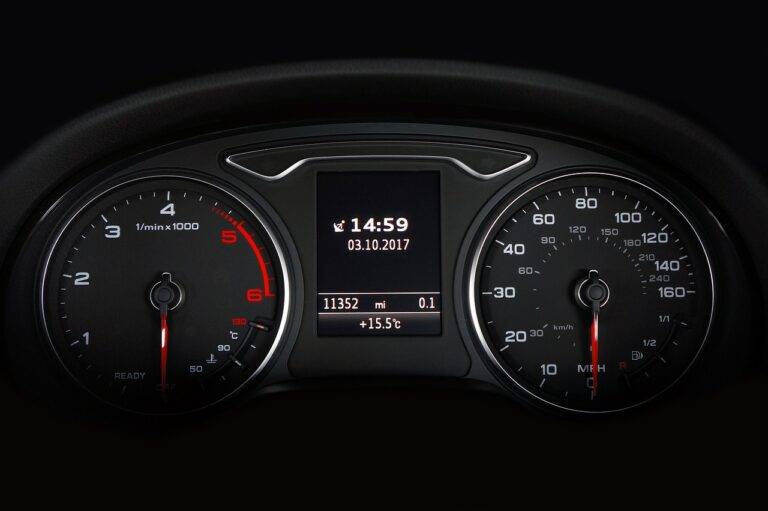The Rise of Biometric Authentication in Banking
In recent years, biometric authentication has emerged as a powerful tool for enhancing security and convenience in the banking industry. By leveraging unique physical and behavioral characteristics such as fingerprints, facial features, and voice patterns, biometric authentication enables banks to verify the identity of customers more securely and efficiently than traditional methods such as passwords or PINs.
One of the key drivers behind the rise of biometric authentication in banking is the growing need for stronger security measures in the face of increasing cyber threats and identity fraud. Passwords and PINs are susceptible to being compromised or stolen, whereas biometric identifiers are inherently unique to each individual and difficult to replicate or forge.
Enhanced Security and Fraud Prevention
Furthermore, biometric authentication enhances security and fraud prevention by providing an additional layer of protection against unauthorized access to bank accounts and sensitive financial information. Even if a customer’s password or PIN is compromised, biometric identifiers such as fingerprints or facial scans cannot be easily duplicated, making it much more difficult for fraudsters to gain access to accounts.
Moreover, biometric authentication can help banks combat identity theft and account takeover fraud by verifying the identity of customers more accurately and reliably. By requiring biometric authentication for high-risk transactions or account access, banks can reduce the risk of fraudulent activity and protect their customers’ assets.
Convenience and User Experience
In addition to enhancing security, biometric authentication also offers convenience and a better user experience for bank customers. Unlike passwords or PINs, which can be forgotten or mistyped, biometric identifiers are inherently tied to the user’s physical characteristics, making the authentication process seamless and intuitive.
For example, instead of having to remember complex passwords or carry physical authentication tokens, customers can simply use their fingerprint or face to access their accounts and complete transactions. This not only saves time and reduces friction in the banking experience but also eliminates the risk of password-related issues such as account lockouts or resets.
Regulatory Compliance and Standards
Another factor driving the adoption of biometric authentication in banking is the increasing regulatory focus on data security and privacy. Regulations such as the General Data Protection Regulation (GDPR) and the Payment Services Directive (PSD2) impose strict requirements on banks and financial institutions to protect customer data and ensure secure authentication methods.
Biometric authentication technologies such as fingerprint scanners and facial recognition systems are designed to comply with these regulations and meet industry standards for data security and privacy. By implementing biometric authentication solutions that adhere to regulatory requirements, banks can demonstrate their commitment to protecting customer information and maintaining compliance with applicable laws and regulations.
Challenges and Considerations
Despite its many benefits, the adoption of biometric authentication in banking also presents challenges and considerations. One challenge is the need to address concerns about data privacy and security, particularly regarding the collection and storage of biometric data. Banks must implement robust security measures and encryption protocols to safeguard biometric information and prevent unauthorized access or misuse.
Furthermore, there are considerations related to the accuracy and reliability of biometric authentication systems, particularly in diverse and dynamic environments such as banking. Factors such as environmental conditions, device quality, and user variability can affect the performance of biometric authentication technologies and may require ongoing monitoring and optimization.
Future Outlook
Looking ahead, the future of biometric authentication in banking looks promising. As biometric technology continues to advance and become more widespread, we can expect to see even greater adoption of biometric authentication solutions in the banking industry.
From enhanced security and fraud prevention to improved convenience and user experience, biometric authentication offers numerous benefits for banks and their customers. With the right strategies and investments, banks can leverage biometric technology to enhance security, streamline authentication processes, and deliver a better banking experience for their customers.
FAQs
Q: What is biometric authentication?
A: Biometric authentication is a security method that uses unique physical or behavioral characteristics such as fingerprints, facial features, or voice patterns to verify the identity of an individual.
Q: How does biometric authentication work in banking?
A: In banking, biometric authentication systems use technologies such as fingerprint scanners, facial recognition systems, or voice recognition software to verify the identity of customers and grant access to their accounts and financial services.
Q: What are some benefits of biometric authentication in banking?
A: Some benefits include enhanced security and fraud prevention, improved convenience and user experience, regulatory compliance, and adherence to data security and privacy standards.
In conclusion, biometric authentication is becoming increasingly prevalent in the banking industry, offering a secure, convenient, and user-friendly alternative to traditional authentication methods. By leveraging biometric technology, banks can enhance security, reduce fraud, and improve the overall banking experience for their customers.





